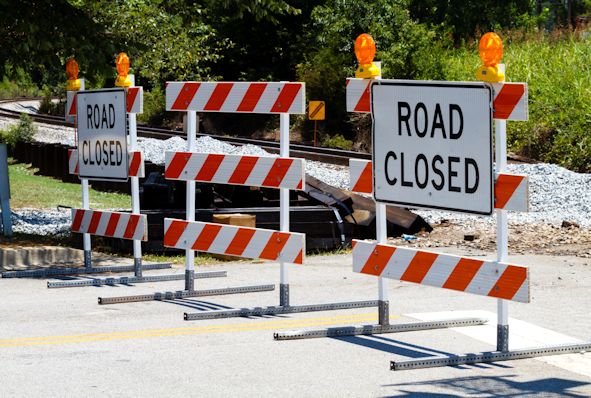What is a Hazard?
In the previous section, we listed several different types of hazards. So why are we asking what a hazard is? One of the goals of this training is to give you the tools to help identify hazards in the workplace. In order to do this, it's important to understand what a hazard is!
OSHA usually defines a hazard as "a danger which threatens physical harm to employees." Expanding on that basic definition, we can think of a hazard as an "unsafe workplace condition or practice (danger) that could cause an injury or illnesses (harm) to the employee."
A hazard may be an object (tools, equipment, machinery, materials) or a person (when distracted, mentally/physically incapable). It's important to know a hazard is only one part of the "accident formula" described. It takes a hazard and exposure before an accident can occur.
The first step in controlling workplace hazards is to first identify them. We want to determine what hazards are present. You want to know what a hazard looks like, what kind of accidents might it cause, and how severe the resulting injuries might be.
One way to identify hazards is to perform a safety inspection. Safety inspections should do more than simply identify hazardous conditions. They should provide useful data for the purpose of effective analysis and evaluation of the safety management system. It sounds complicated, but it's really not.
There are five basic methods you can use to identify workplace hazards before an accident occurs:
- informal observations and formal observation programs
- comprehensive company-wide surveys
- individual interviews
- walk-around inspections
- documentation review
You may not be the person conducting the safety inspection in your workplace, but if you understand what it is, you might be able to provide valuable information as a part of the process.
Knowledge Check Choose the best answer for the question.
2-2. What is the first step in controlling workplace hazards?
You forgot to answer the question!

